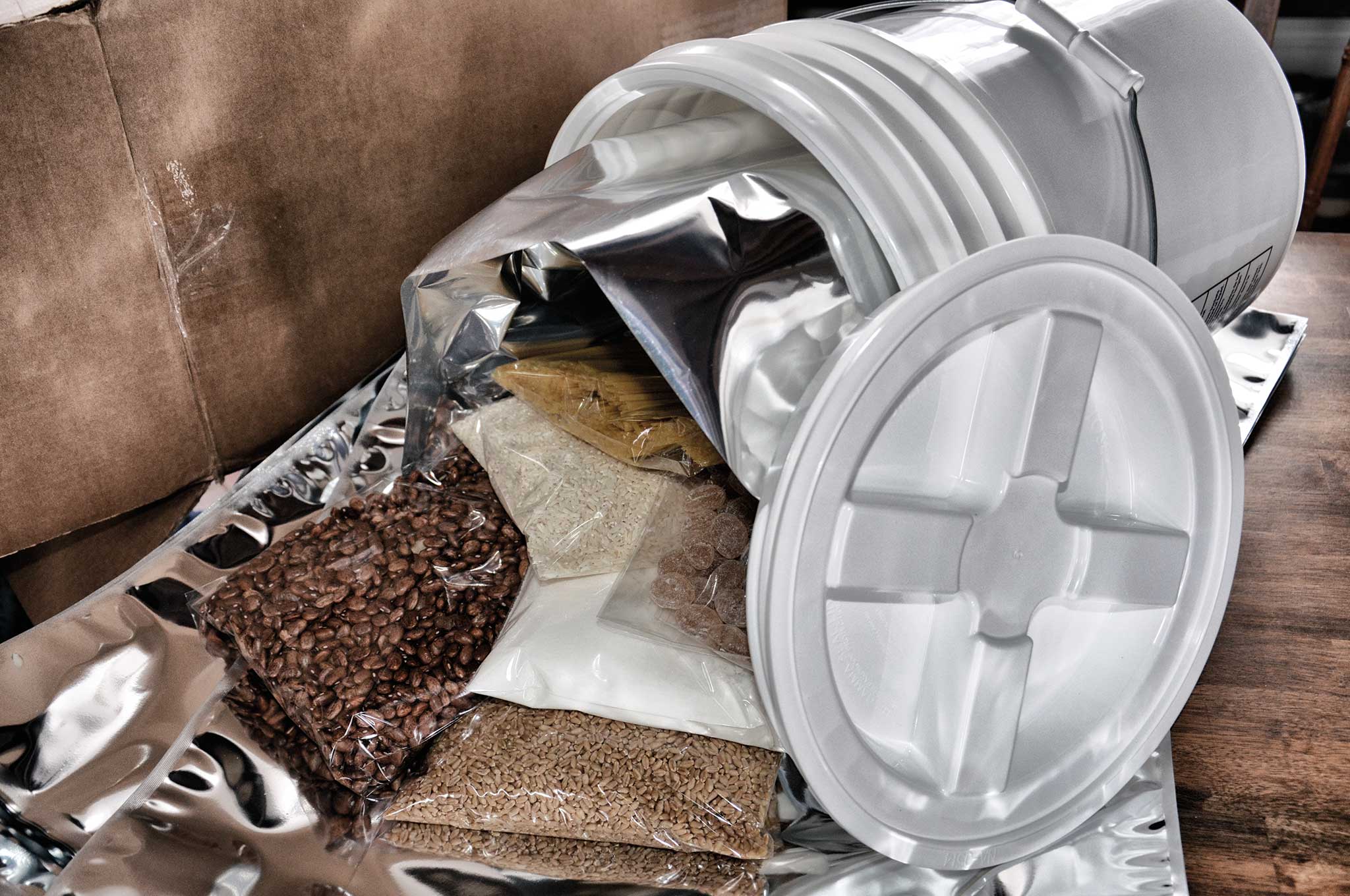

Articles
How To Store Food In Buckets
Modified: January 6, 2024
Learn the best methods for storing food in buckets with our informative articles. Keep your food fresh, organized, and easily accessible with our expert tips.
(Many of the links in this article redirect to a specific reviewed product. Your purchase of these products through affiliate links helps to generate commission for Storables.com, at no extra cost. Learn more)
Introduction
When it comes to food storage, finding the right method to preserve your food for an extended period can be a game-changer. One popular and reliable method is storing food in buckets. Not only are buckets affordable and easily accessible, but they also provide an airtight and secure environment to keep your food fresh and protected from pests.
In this article, we will guide you through the process of storing food in buckets, ensuring that your food remains safe and nutritious for an extended period. We will address topics such as choosing the right buckets, preparing them for food storage, selecting and preparing food, sealing the buckets effectively, storing them in ideal conditions, and rotating and using the food from bucket storage.
Whether you are prepping for emergencies, looking to save money by buying in bulk, or simply want to have a backup food supply on hand, storing food in buckets is an excellent option. So let’s dive in and discover the best practices and tips for optimal food storage in buckets.
Key Takeaways:
- Storing food in buckets is a practical and reliable method for long-term food preservation, providing peace of mind for emergencies or cost-effective bulk buying.
- Choosing the right food-grade buckets, properly preparing and sealing them, and storing in ideal conditions ensures a fresh, nutritious, and accessible food supply.
Read more: How To Store Food In 5 Gallon Buckets
Choosing the Right Buckets for Food Storage
When it comes to storing food in buckets, it’s crucial to choose the right type of bucket to ensure the safety and longevity of your food. Here are some factors to consider when selecting buckets for food storage:
- Food-Grade Buckets: It is essential to use food-grade buckets that are specifically designed for storing food. These buckets are made from materials that are safe for contact with food and do not leach harmful chemicals. Look for buckets labeled as ‘food-grade’ or ‘HDPE’ (High-Density Polyethylene). Avoid using buckets that previously contained non-food items, as they may have residue that can taint your food.
- Airtight Lids: Ensure that the buckets come with airtight lids to create a proper seal. A secure seal is crucial for preventing moisture, oxygen, and pests from entering the bucket and spoiling the food. Look for lids with rubber gaskets or O-rings that create a tight closure.
- Size and Capacity: Consider the size and capacity of the buckets based on your storage needs and available space. It’s better to use several smaller buckets rather than one large bucket to prevent cross-contamination and to make it easier to rotate and access the stored food.
- Stackable Design: Opt for buckets that are designed to be stacked efficiently. This helps to maximize storage space and makes it easier to organize and access the buckets when needed.
- Translucent or Opaque: Choose between translucent or opaque buckets based on your preference. Translucent buckets allow you to see the contents without opening them, which can be convenient. However, if the buckets are exposed to light, opt for opaque buckets as they help to prevent the degradation of certain food items.
By considering these factors, you can ensure that you have the most suitable buckets for food storage. Investing in high-quality food-grade buckets with airtight lids will go a long way in protecting the quality and shelf life of your stored food.
Preparing Buckets for Food Storage
Before using buckets for food storage, it’s important to properly prepare them to ensure that they are clean and ready to safely store your food. Follow these steps to prepare your buckets:
- Clean and Sanitize: Start by cleaning the buckets thoroughly to remove any dirt or debris. Use warm water and dish soap to scrub the buckets both inside and out. Rinse them well to remove any soap residue. After cleaning, sanitize the buckets by soaking them in a mixture of one tablespoon of bleach per gallon of water. Allow them to air dry before proceeding.
- Inspect for Damage: Check each bucket for any signs of damage, such as cracks or holes. Damaged buckets may compromise the integrity of the seal, allowing moisture or pests to enter. If you find any damaged buckets, do not use them for food storage as it may lead to spoilage or contamination.
- Remove Scent and Odor: Some buckets may have residual odors that can transfer to your food. To remove any lingering scents, you can fill the buckets with water and add a tablespoon of baking soda. Let it sit overnight, then rinse and dry the buckets thoroughly.
- Label the Buckets: It’s crucial to label each bucket with the contents and the date of storage. This will help you keep track of the items and their shelf life. You can use a permanent marker or adhesive labels to clearly mark each bucket.
By following these preparation steps, you can ensure that your buckets are clean, intact, and free from any odor or residue that could potentially affect the quality and safety of the stored food. Taking the time to properly prepare your buckets sets the foundation for successful long-term food storage.
Selecting and Preparing Food for Bucket Storage
Choosing the right types of food for bucket storage is essential to ensure that they will remain safe and flavorful over an extended period. Here are some considerations when selecting and preparing food for bucket storage:
- Long Shelf Life: Opt for foods that have a long shelf life, such as grains, dried beans, pasta, dehydrated fruits and vegetables, powdered milk, and sugar. These items can typically last for several years when stored properly in buckets.
- Avoid Foods with High Moisture Content: Foods with high moisture content, like fresh fruits and vegetables or meats, are not suitable for long-term bucket storage. The moisture can lead to spoilage or the growth of harmful bacteria. Instead, focus on dehydrated or freeze-dried versions of these foods.
- Packaging Foods for Storage: Before placing food in the buckets, ensure that they are properly packaged for extended storage. Use mylar bags or food-grade plastic bags to hold individual portions of the food. This additional barrier helps to protect the food from moisture, pests, and air.
- Oxygen Absorbers: To further prolong the shelf life of your food, consider using oxygen absorbers. These small packets remove excess oxygen from the bucket, preventing spoilage and maintaining the quality of the food. Place one or two oxygen absorbers in each bucket, depending on the size and contents.
- Sealing Bags: After filling the mylar or plastic bags with food, seal them tightly using a heat sealer or by using the appropriate closure method for the bags. This will create an additional layer of protection against moisture and pests.
By selecting foods with a long shelf life and properly packaging them for storage in buckets, you can ensure that your food remains safe, nutritious, and flavorful for an extended period. Take the time to carefully prepare and package your foods to maximize the longevity of your stored supplies.
When storing food in buckets, make sure to use food-grade buckets with airtight lids to prevent moisture and pests from getting in. Label the buckets with the contents and date for easy organization.
Properly Sealing Food in Buckets
Properly sealing your food in buckets is crucial to maintain its freshness and protect it from external factors that could lead to spoilage. Follow these guidelines to ensure a tight and effective seal:
- Fill Buckets to the Top: When filling buckets with food, make sure to fill them as close to the top as possible without overpacking. Leaving too much empty space can lead to the accumulation of moisture and air, which can degrade the quality of the food over time.
- Add Oxygen Absorbers: As previously mentioned, oxygen absorbers are an excellent way to extend the shelf life of your food. Place an appropriate number of oxygen absorber packets in each bucket, depending on its size and the amount of food. Follow the instructions provided with the absorbers for the recommended number to use.
- Use Sealable Lids: Ensure that the buckets you are using have lids that create an airtight seal. These lids should have rubber gaskets or O-rings to prevent any air or moisture from entering the buckets. Press down firmly on the lid to ensure a secure closure.
- Consider Additional Protection: For added protection, you can use a rubber mallet to gently tap around the edges of the lid to create a more secure seal. This step is optional but can help to ensure a tighter closure.
- Label and Date the Buckets: It is crucial to label each bucket with its contents and the date of storage. This information will help you keep track of the food and know when it’s time to rotate or use it. Use permanent markers or adhesive labels that adhere well to the bucket’s surface.
By following these steps to properly seal your food in buckets, you can create an optimal environment for long-term food storage. The airtight seal, combined with the use of oxygen absorbers, helps to preserve the quality, flavor, and nutritional value of the stored food for an extended period.
Read more: How To Store Flour Long Term In Buckets
Storing Buckets in the Ideal Conditions
Proper storage conditions play a crucial role in maintaining the quality and longevity of your food stored in buckets. Follow these guidelines to ensure the ideal conditions for storing your buckets:
- Temperature: Keep your buckets in a cool, dry location with a stable temperature. The ideal temperature range for food storage is between 50°F and 70°F (10°C to 21°C). Extreme temperature fluctuations can cause the food to spoil or deteriorate more quickly.
- Avoid Sunlight: Exposure to sunlight can degrade the quality of the food and affect its nutritional value. Store your buckets in a dark area or use opaque buckets to protect the contents from light.
- Avoid Moisture: Moisture is one of the biggest enemies of food storage, as it can lead to mold, bacterial growth, and spoilage. Ensure that the storage area is dry, and that the buckets are sealed tightly to prevent any moisture from entering.
- Avoid Pests: Protect your stored food from pests such as insects and rodents. Place the buckets on elevated surfaces or use traps and repellents to keep pests away from your storage area. Regularly inspect the area for signs of infestation.
- Rotate Stock: To maintain a fresh supply of food, establish a rotation schedule. As you acquire new food, place it behind the existing stock so that older items are used first. This practice helps to ensure that no food reaches its expiration date and goes to waste.
By storing your buckets in the ideal conditions – a cool, dry, and dark location – you can maximize the shelf life and quality of your food. Remember to regularly check the storage area for any signs of moisture, pests, or temperature fluctuations, and take appropriate action to mitigate these issues.
Rotating and Using Food from Bucket Storage
Rotating and using the food from your bucket storage ensures that you maintain a fresh and nutritious supply while minimizing waste. Here are some tips for effectively rotating and using the food:
- Establish a Rotation System: Create a rotation system that ensures you use the oldest food first. As you add new buckets to your storage, place them behind the older ones. This way, you always have a supply of fresh food that hasn’t reached its expiration date.
- Regularly Inspect and Rotate: Schedule regular inspections of your stored food to check for any signs of spoilage, damage, or expired items. Rotate the buckets accordingly, using the older food in your regular meal planning or emergency situations.
- Track Expiration Dates: Keep a record of the expiration dates of the food stored in each bucket. This will help you plan your meal rotation and ensure that you consume the food before it expires. Consider using inventory management methods like a spreadsheet or food storage software to track expiration dates.
- Create Meal Plans: Incorporate the stored food into your meal plans to regularly use and consume it. Design meals around the items in your storage to keep them in rotation and maintain a varied diet. Look for recipes that feature the long-term storage food you have available.
- Replenish and Restock: As you use the food from your bucket storage, replace it with fresh supplies. This ensures that you always have a continuous rotation of food and a reliable food supply in case of emergencies or unexpected situations.
By implementing a rotation system, regularly inspecting and using your stored food, and tracking expiration dates, you can effectively rotate and consume the food in your bucket storage. This practice not only minimizes waste but also ensures that you have a well-maintained and reliable food supply for both everyday use and emergency situations.
Conclusion
Storing food in buckets is a practical and effective method for long-term food preservation. By choosing the right buckets, properly preparing them, selecting the appropriate food items, and sealing them effectively, you can ensure that your food remains fresh, safe, and nutritious for an extended period.
Remember to store your buckets in ideal conditions – a cool, dry, and dark location – and regularly inspect them for any signs of damage, pests, or moisture. Rotate and use the stored food regularly, creating meal plans and replenishing supplies as needed to maintain a consistent rotation system.
Storing food in buckets provides peace of mind, whether you are prepping for emergencies, looking to save money by buying in bulk, or simply want to have a backup food supply on hand. By following the guidelines and tips provided in this article, you can confidently store food in buckets and have a reliable food source that will sustain you and your loved ones in any situation.
Remember, the key to successful bucket storage is preparation, organization, and regular maintenance. So start gathering your food-grade buckets, fill them with a variety of long-lasting food items, seal them tightly, and store them properly. With proper planning and implementation, you can enjoy the benefits of having a well-stocked, secure, and easily accessible food supply.
Frequently Asked Questions about How To Store Food In Buckets
Was this page helpful?
At Storables.com, we guarantee accurate and reliable information. Our content, validated by Expert Board Contributors, is crafted following stringent Editorial Policies. We're committed to providing you with well-researched, expert-backed insights for all your informational needs.

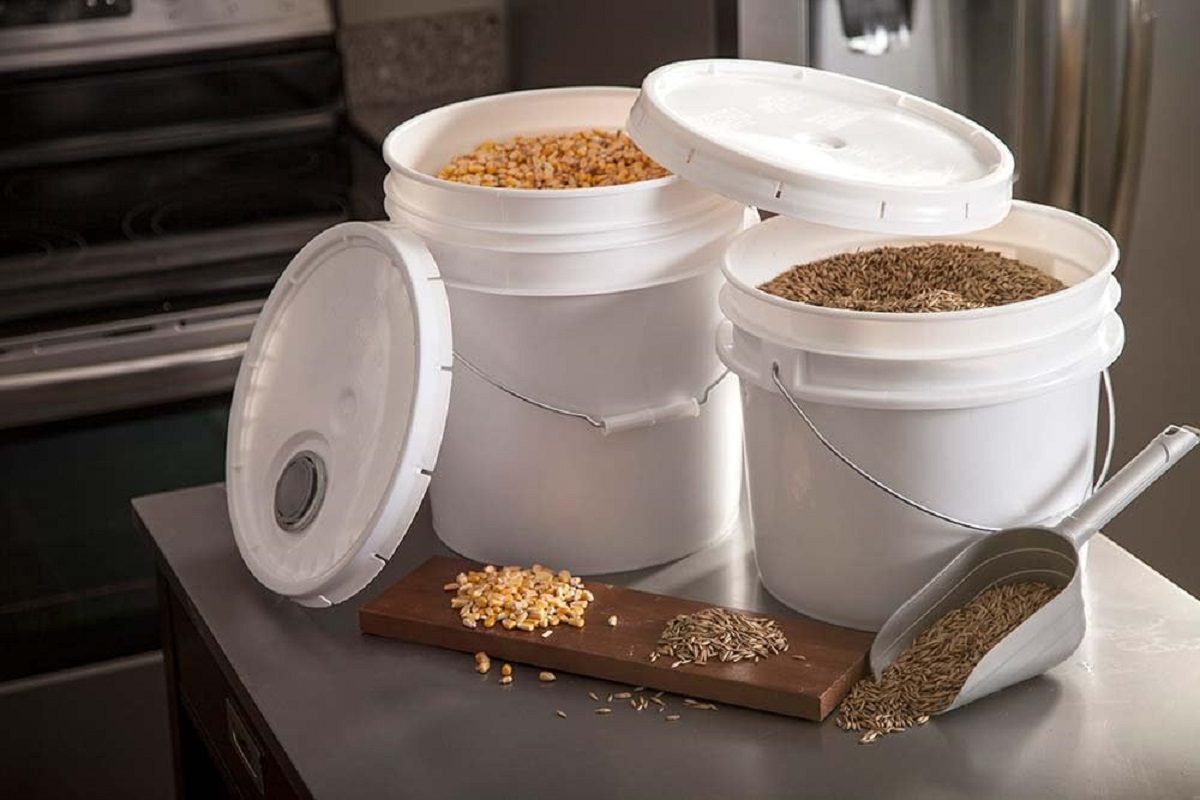
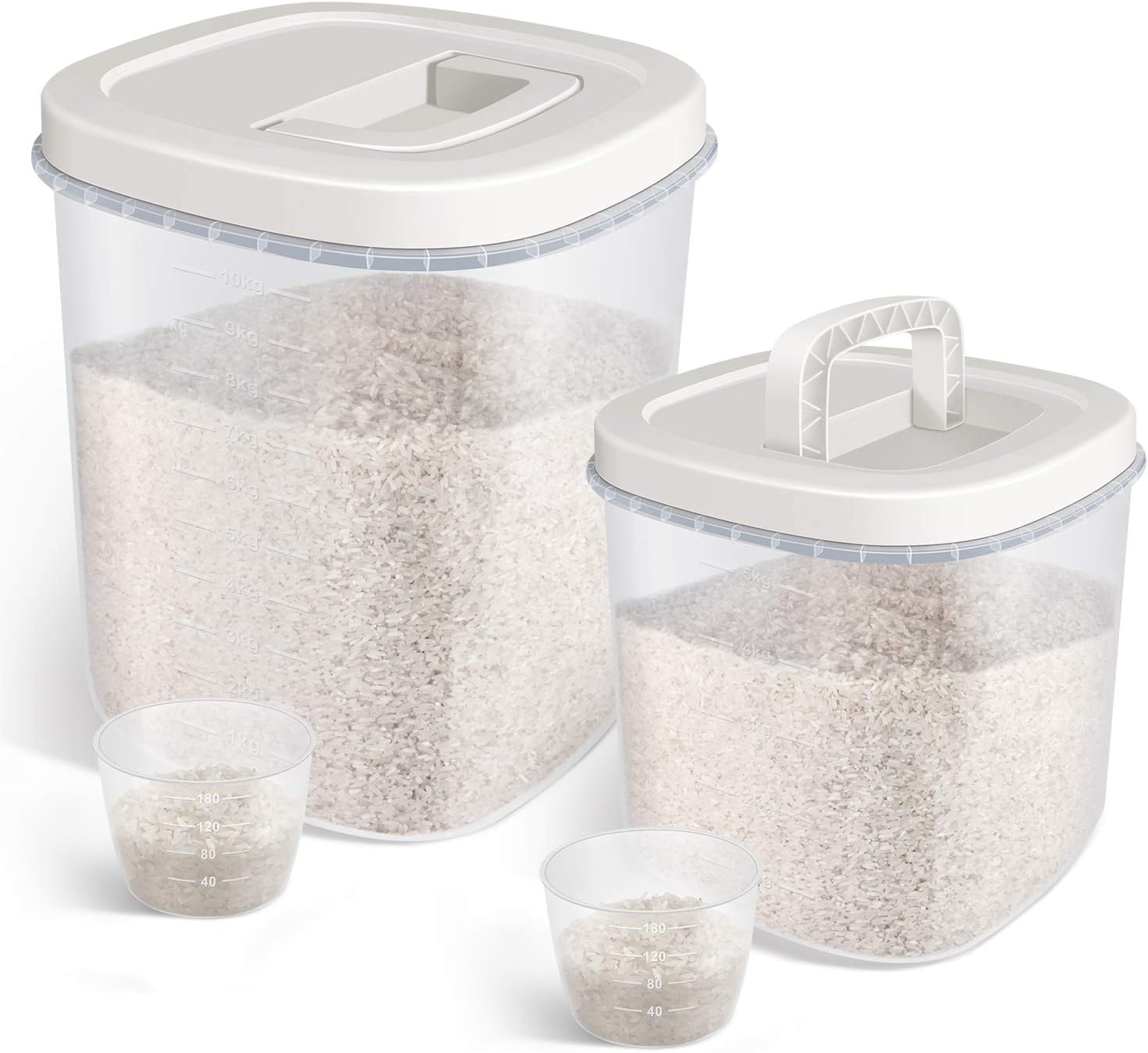
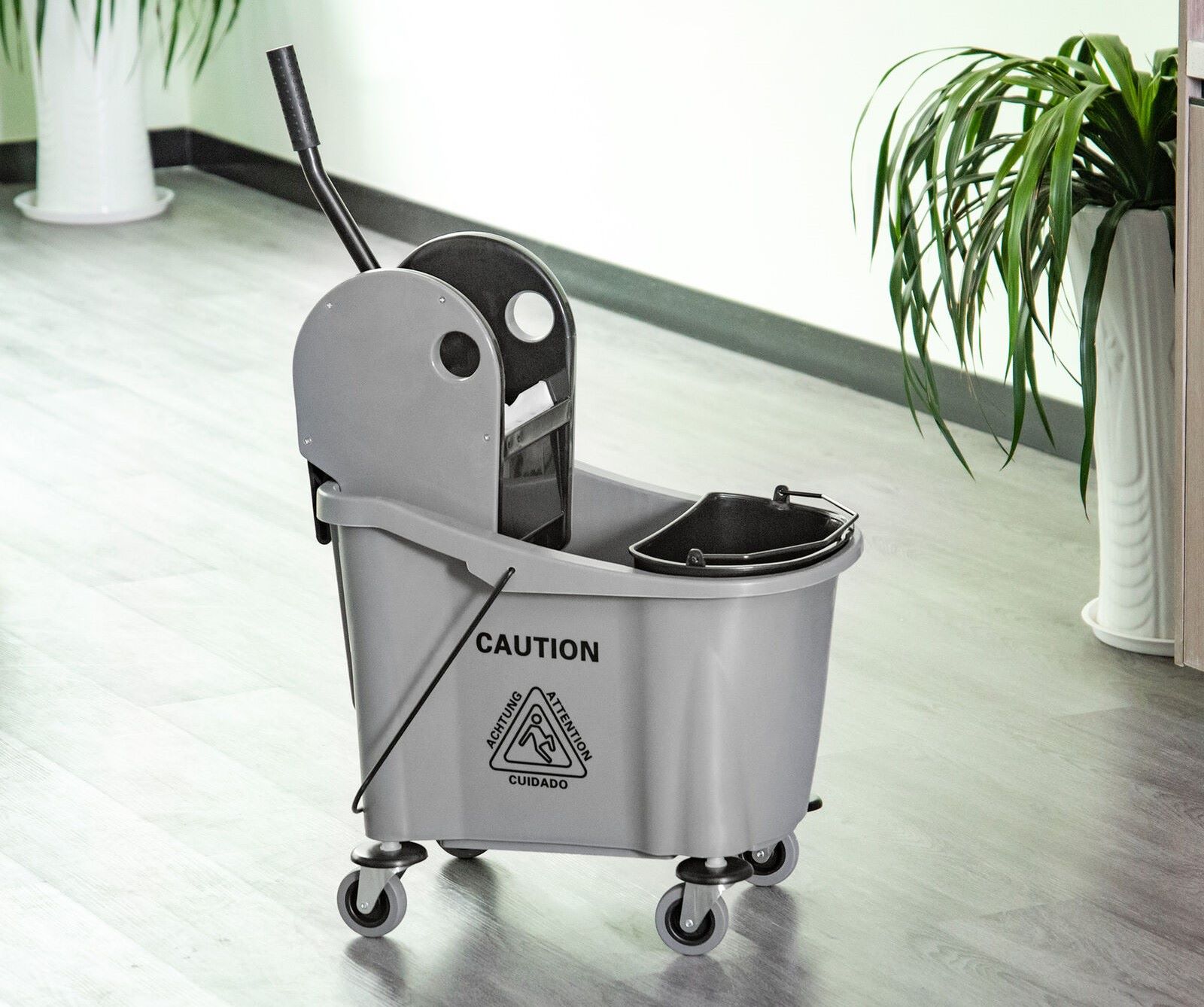
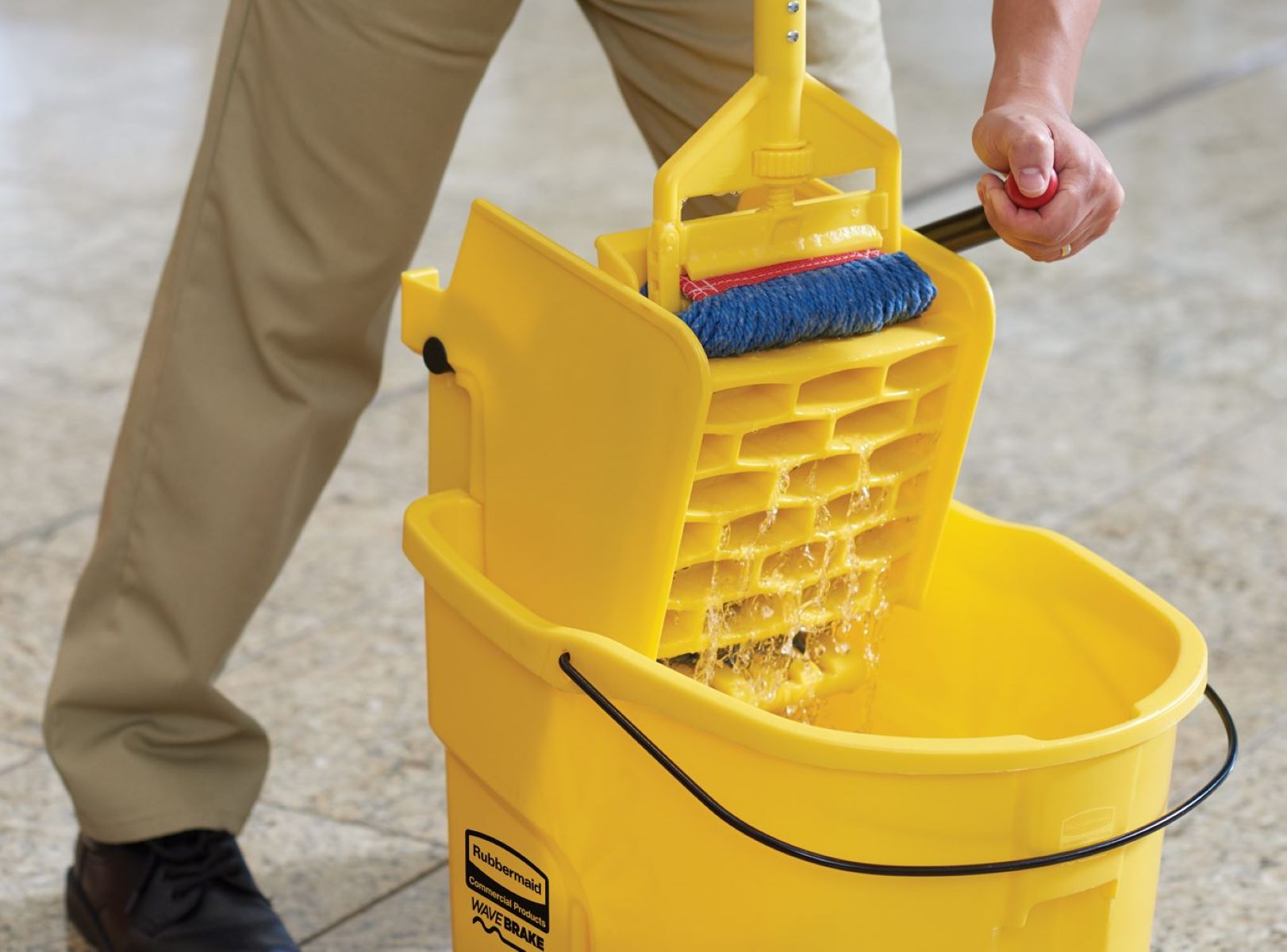
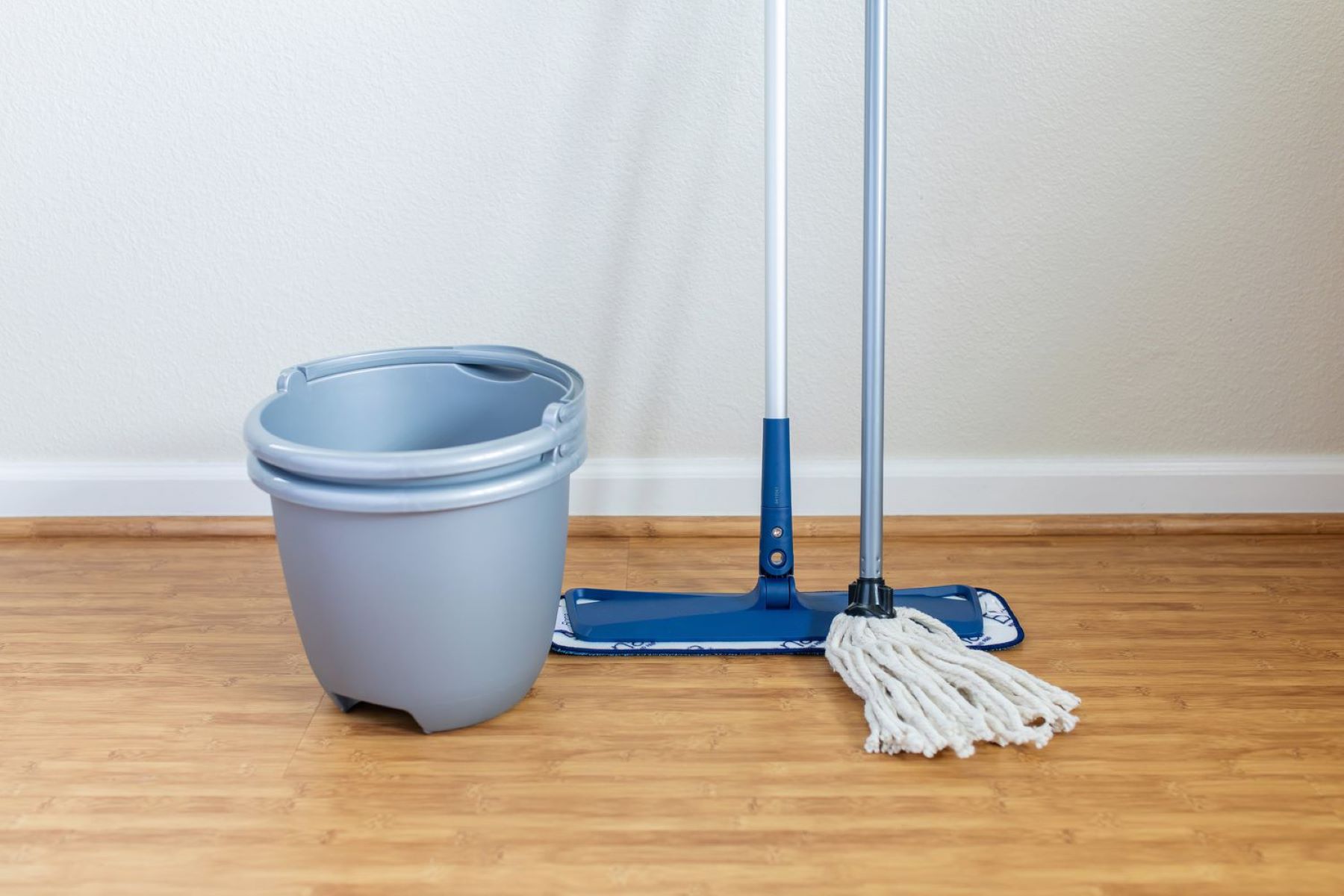
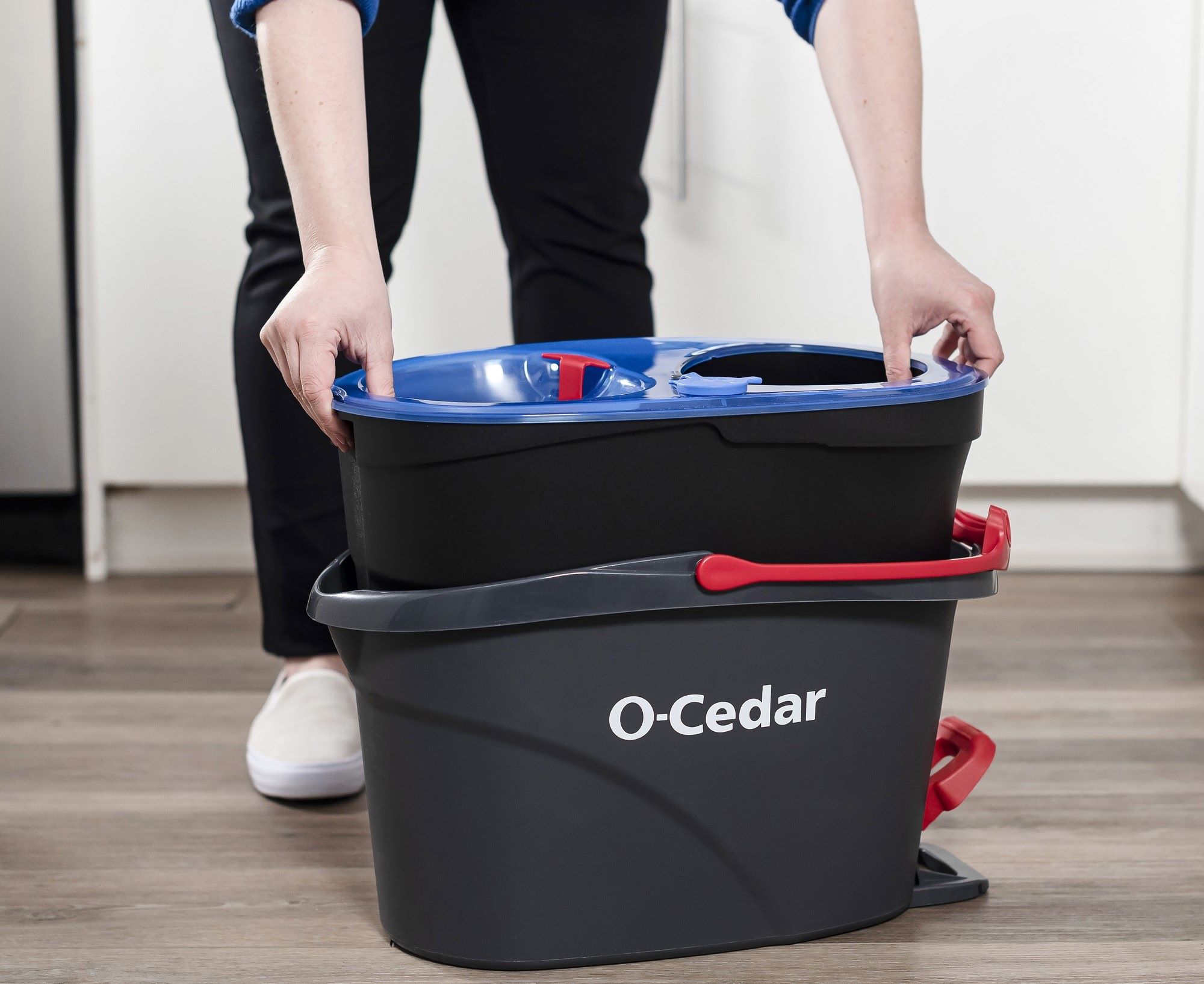
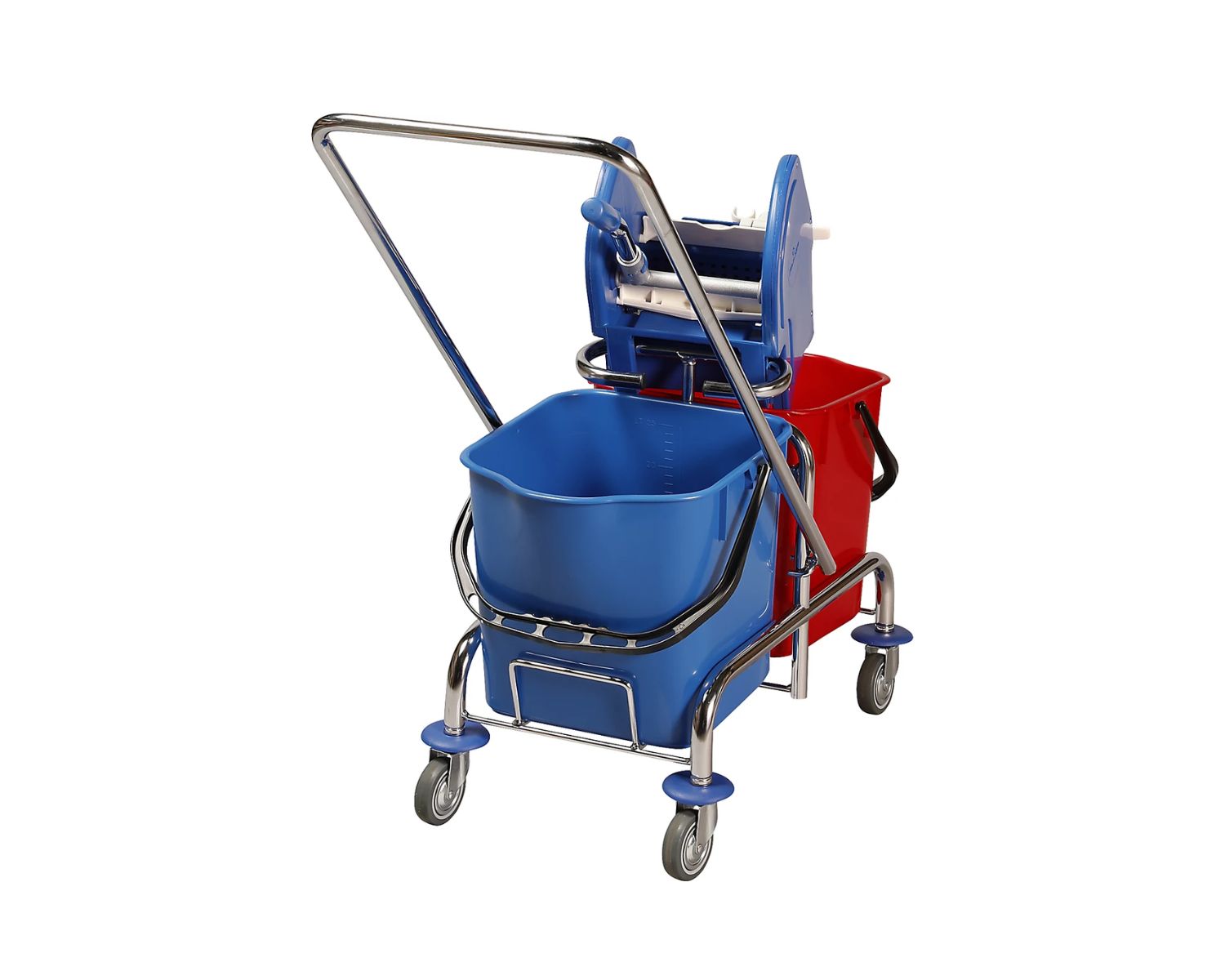
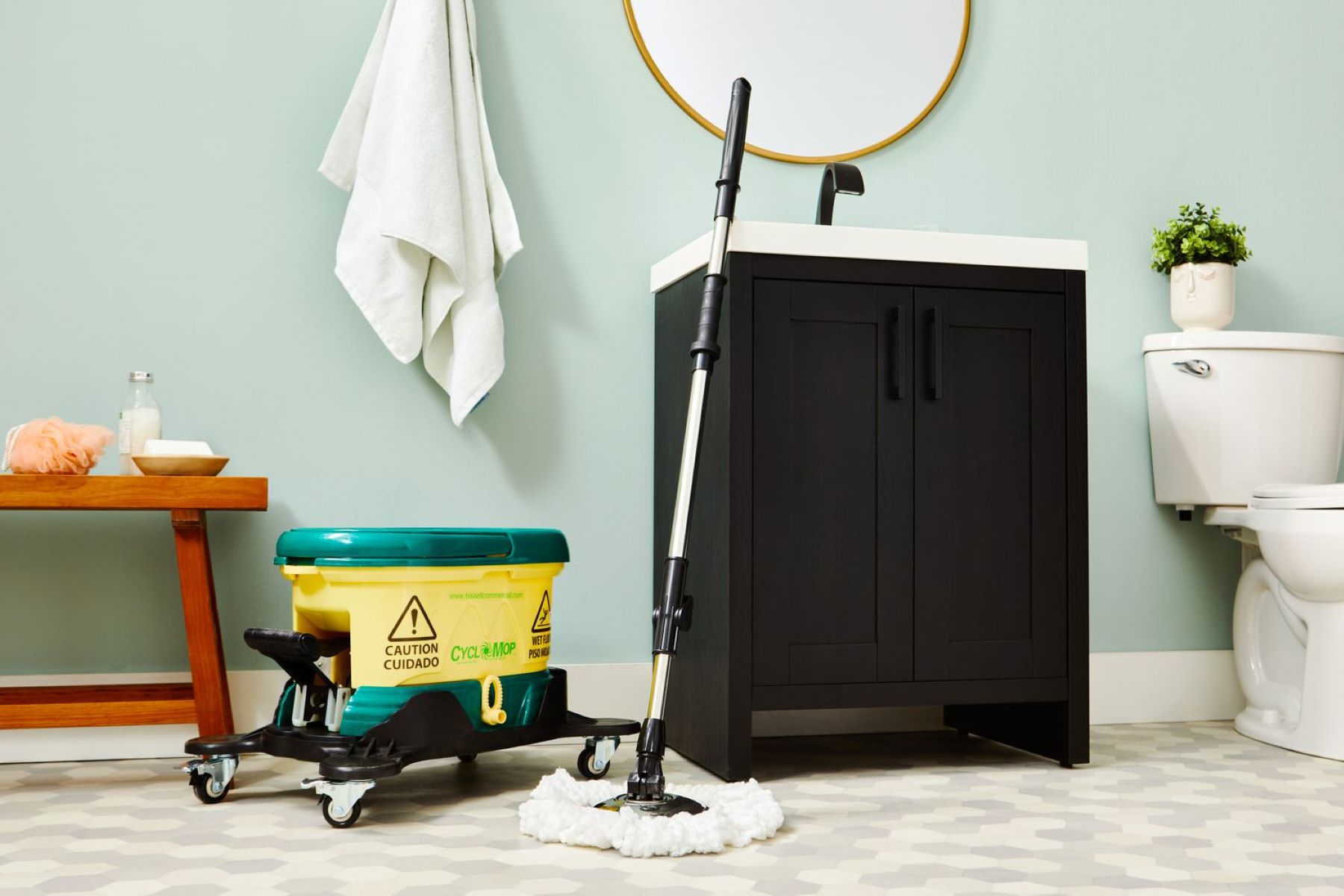
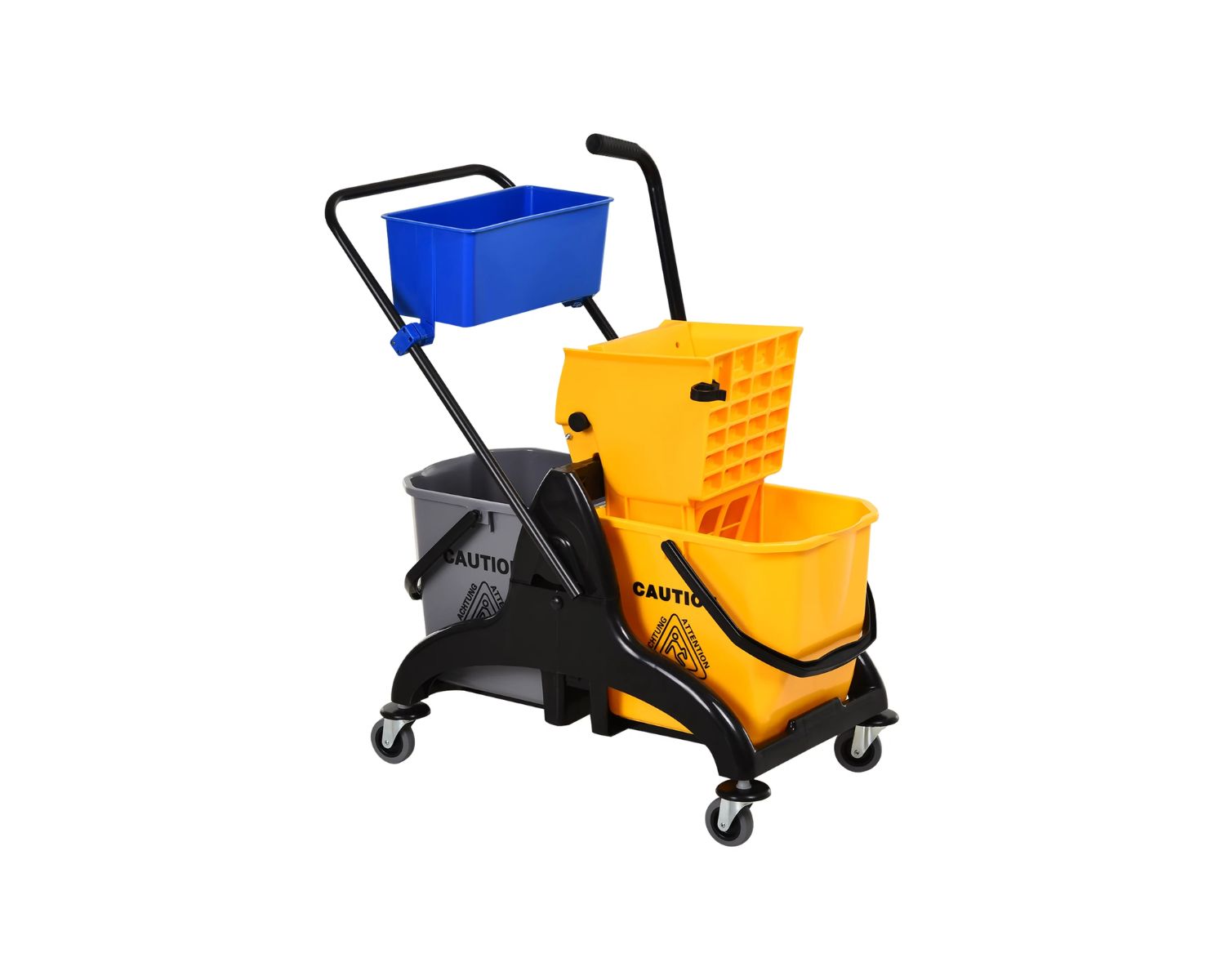
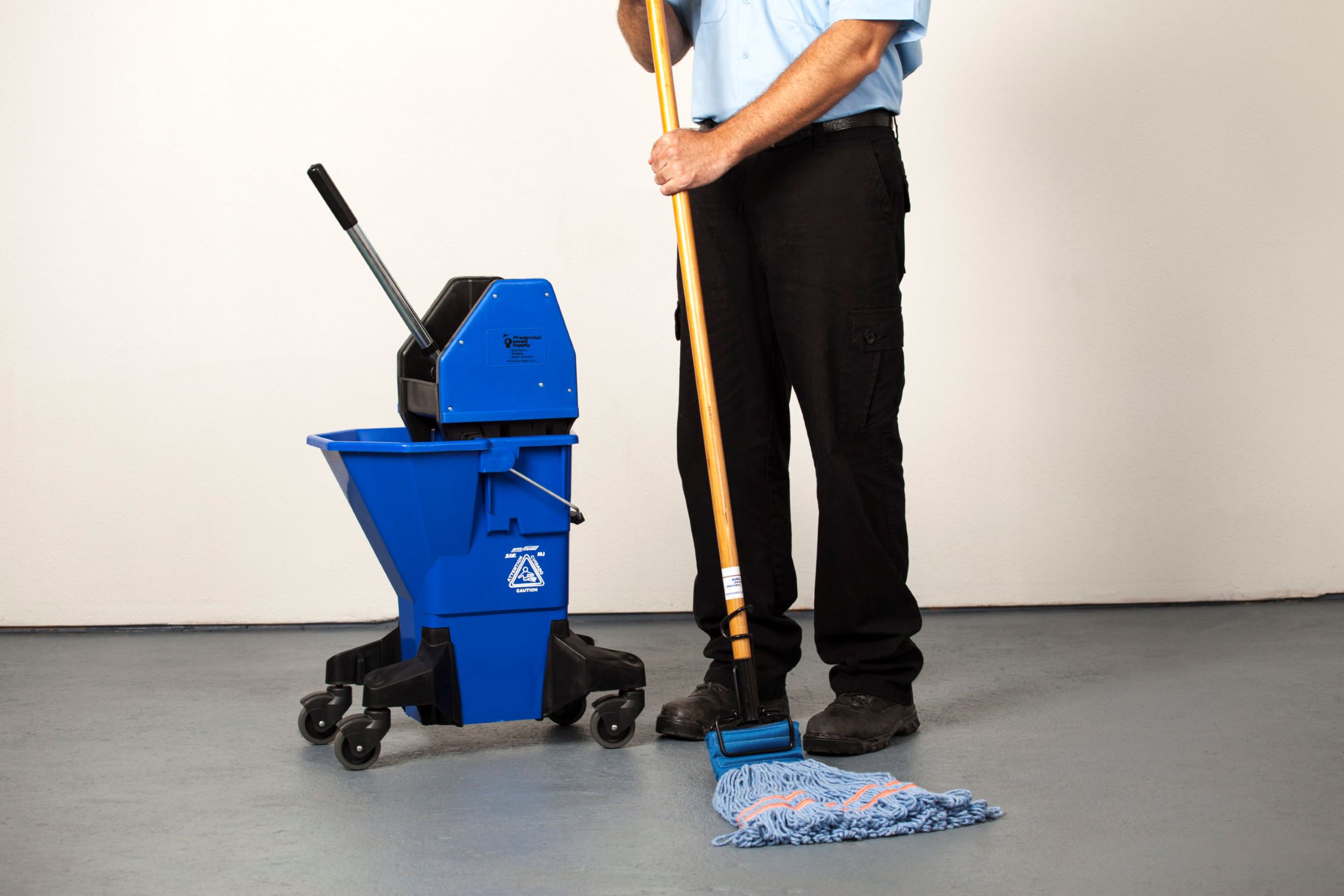
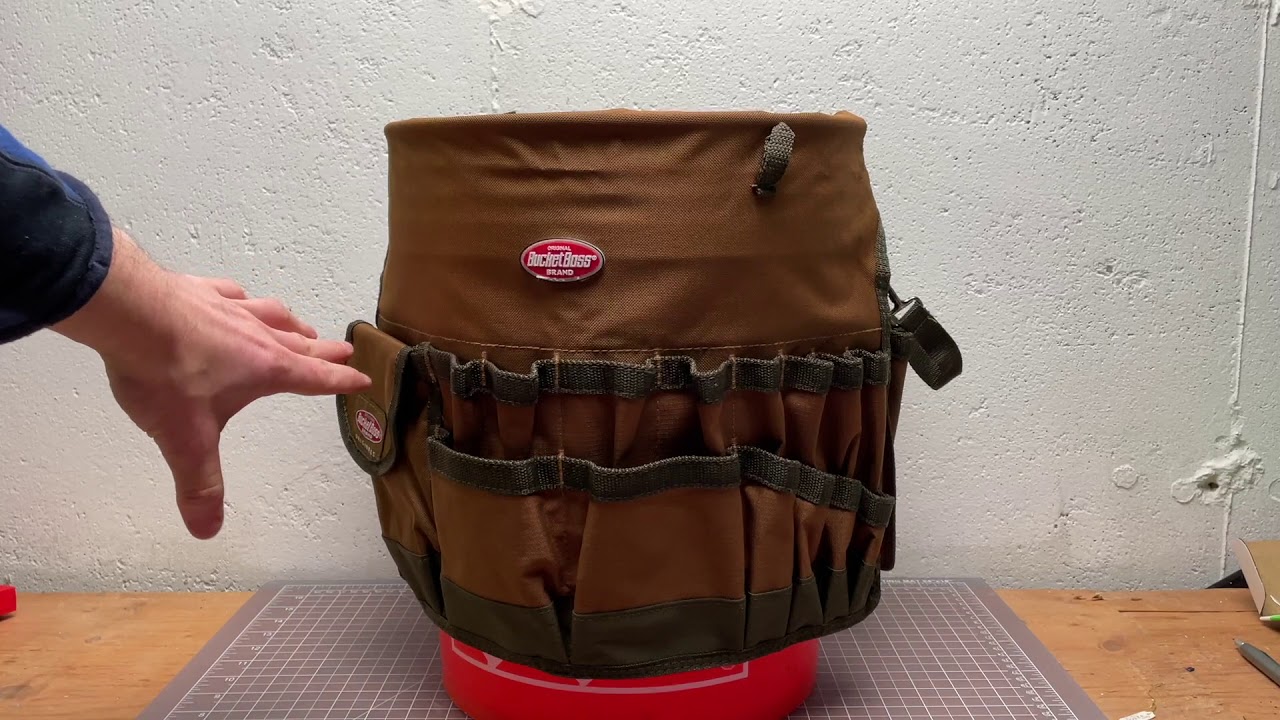
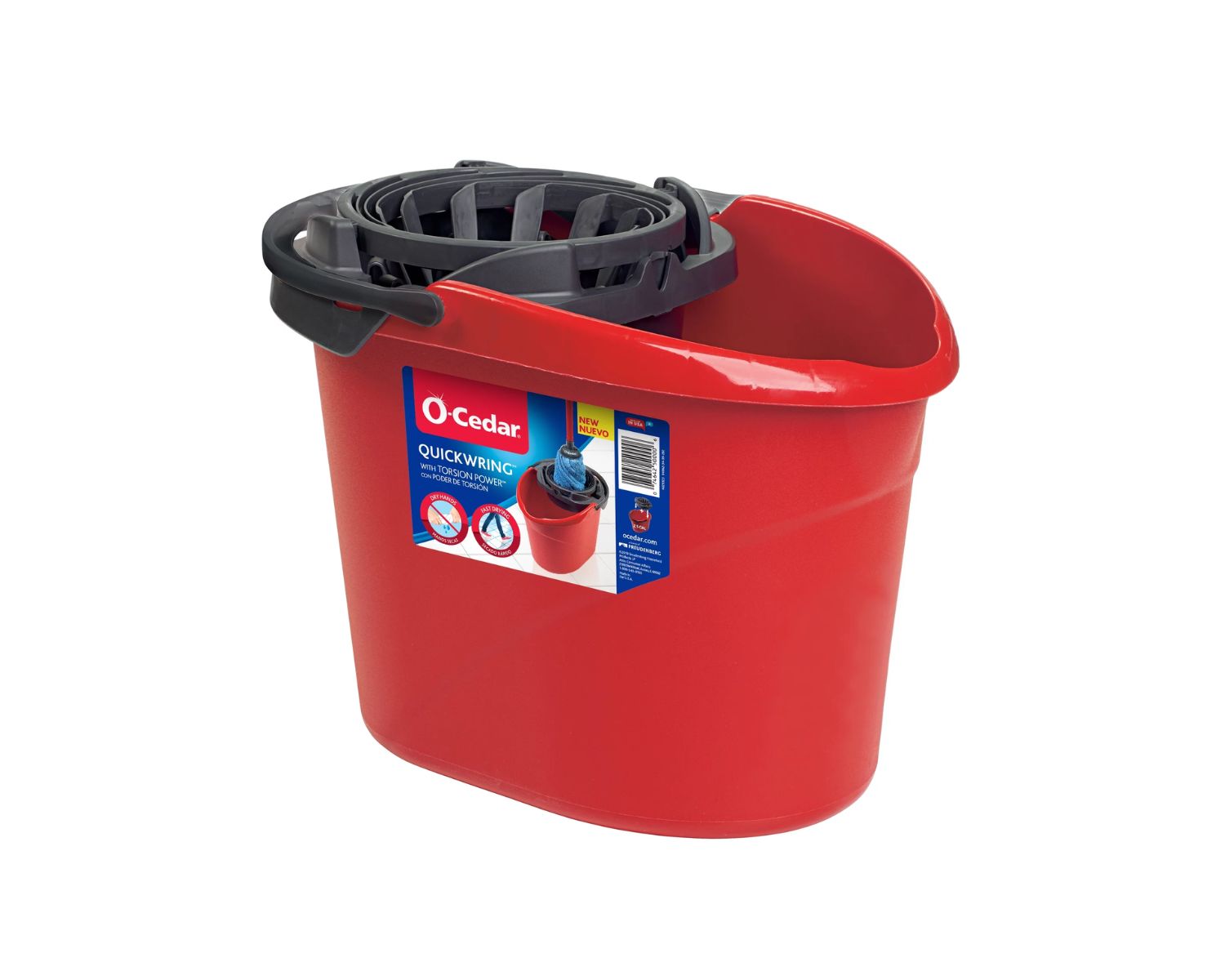
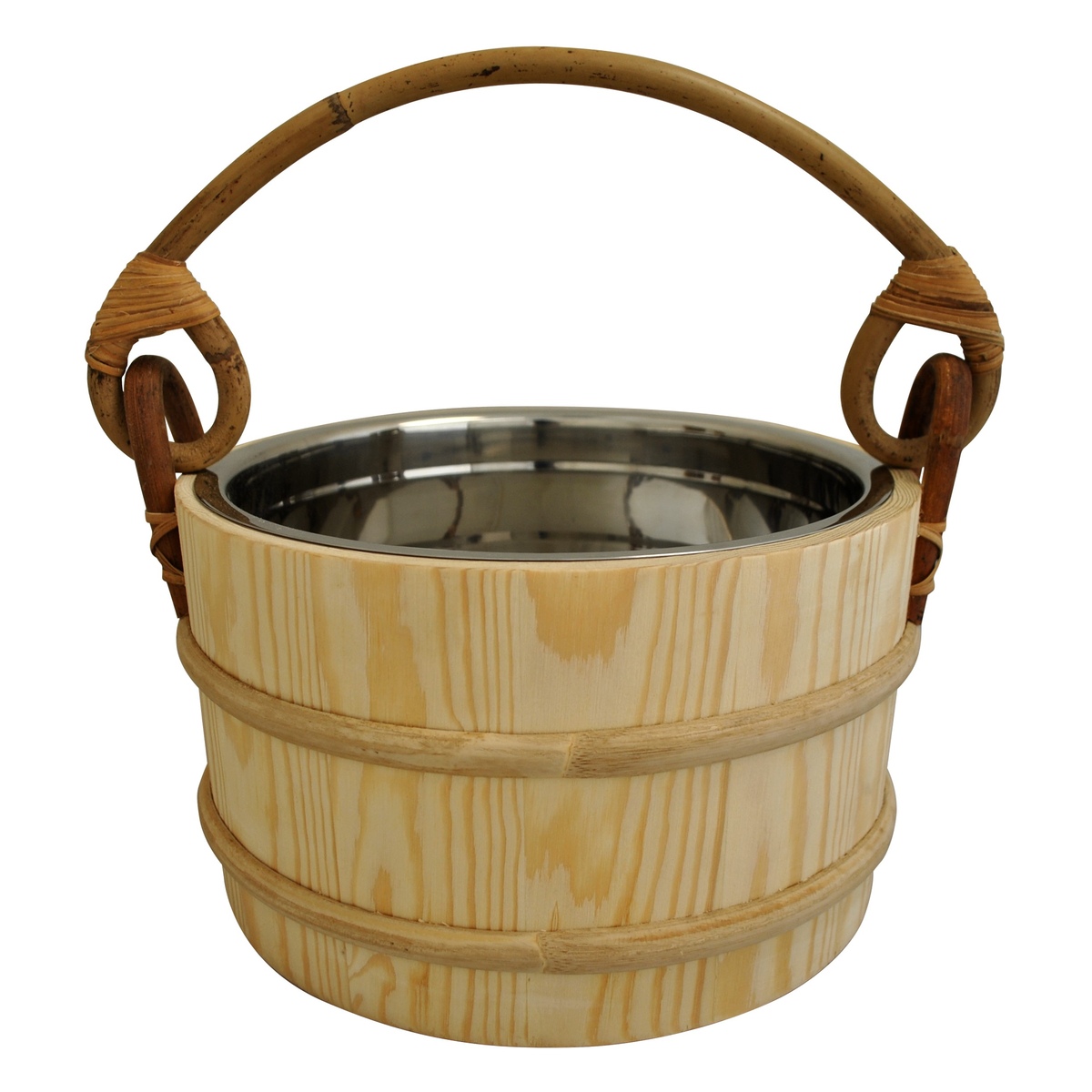

0 thoughts on “How To Store Food In Buckets”